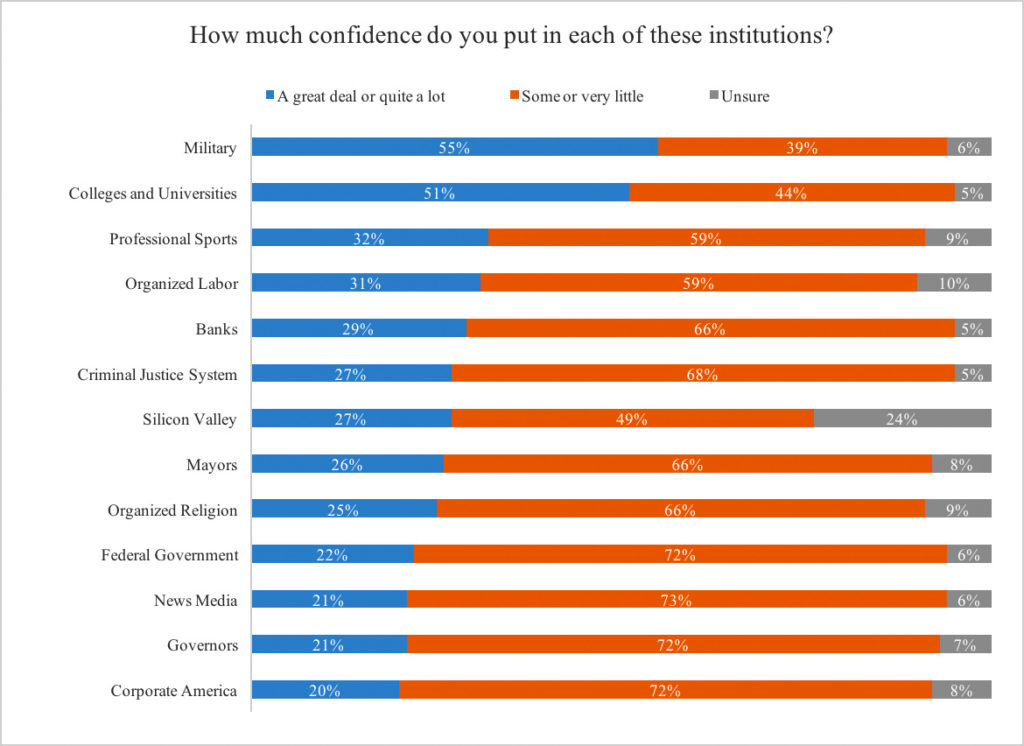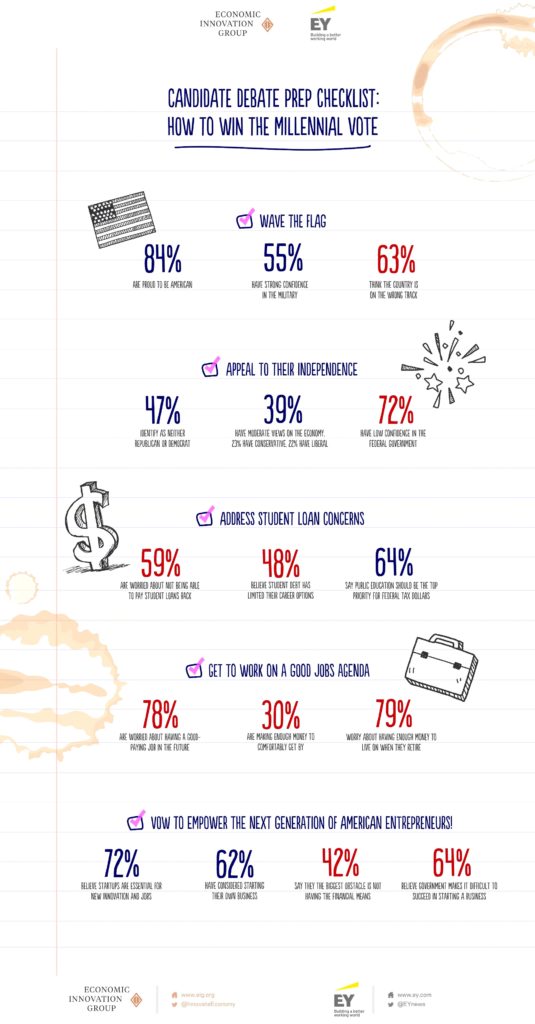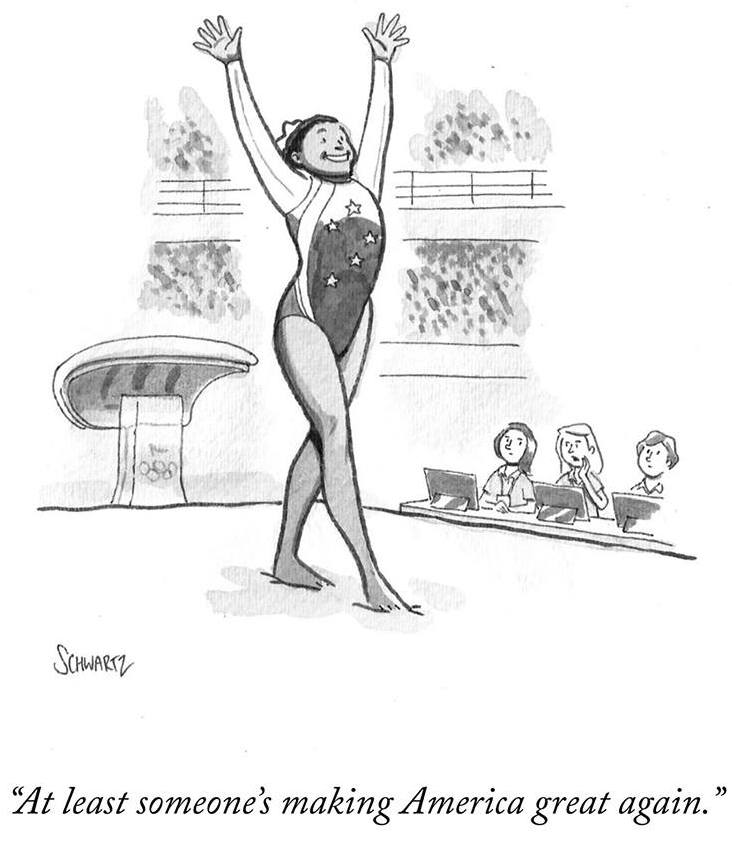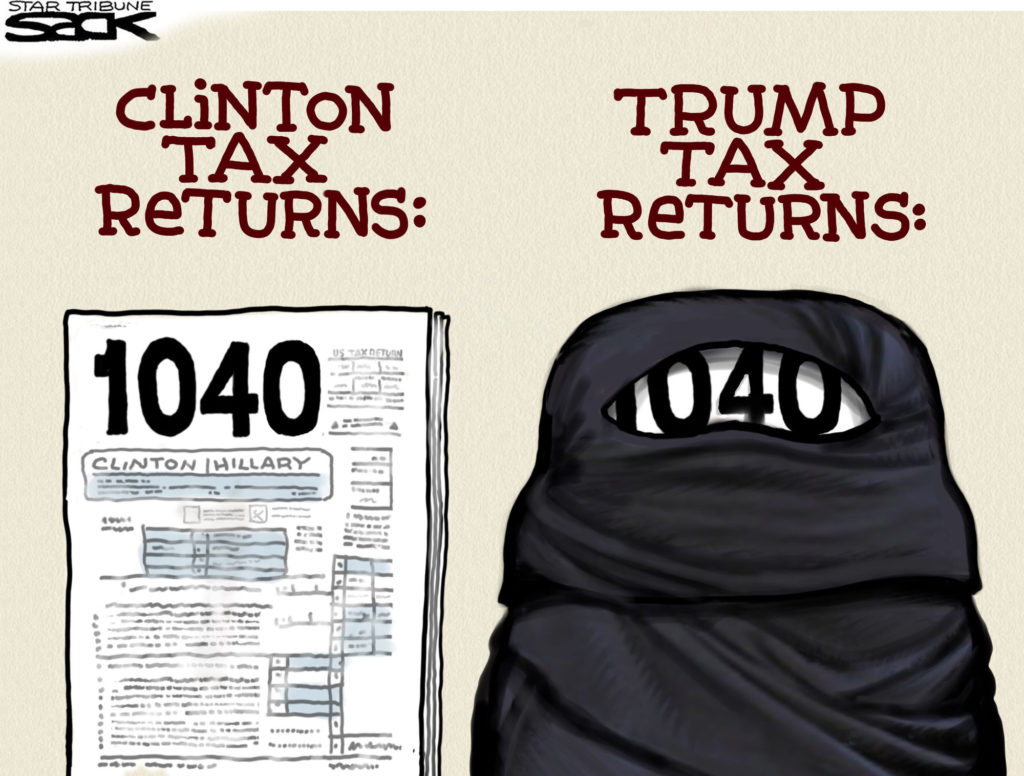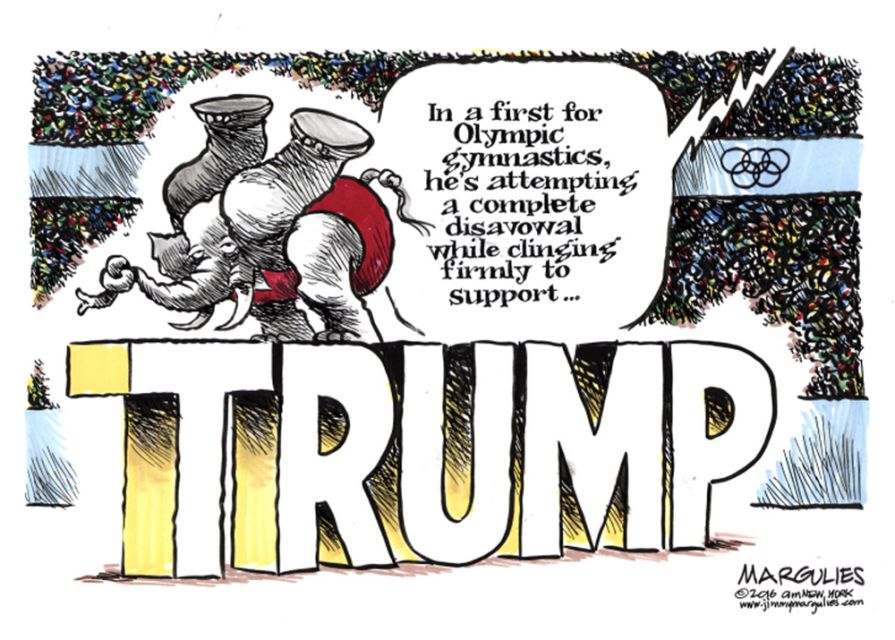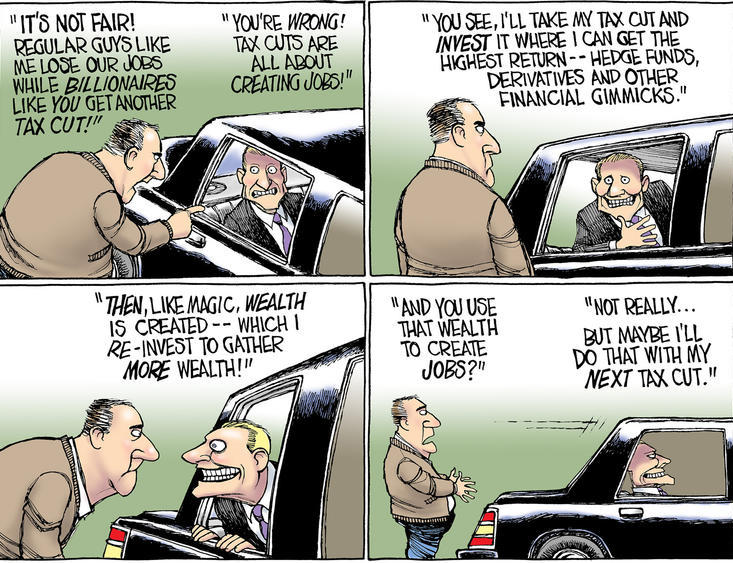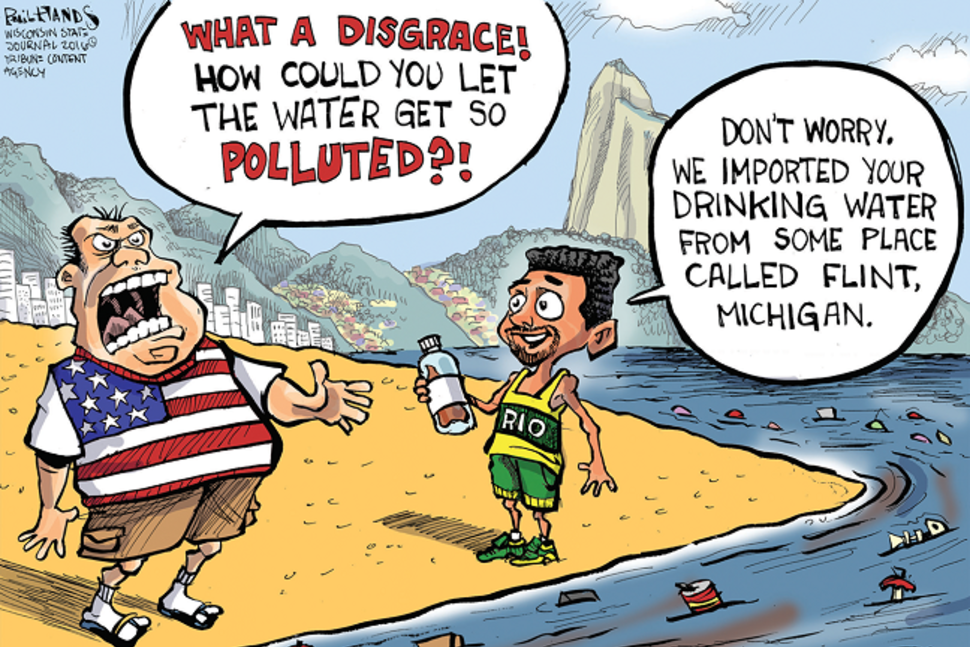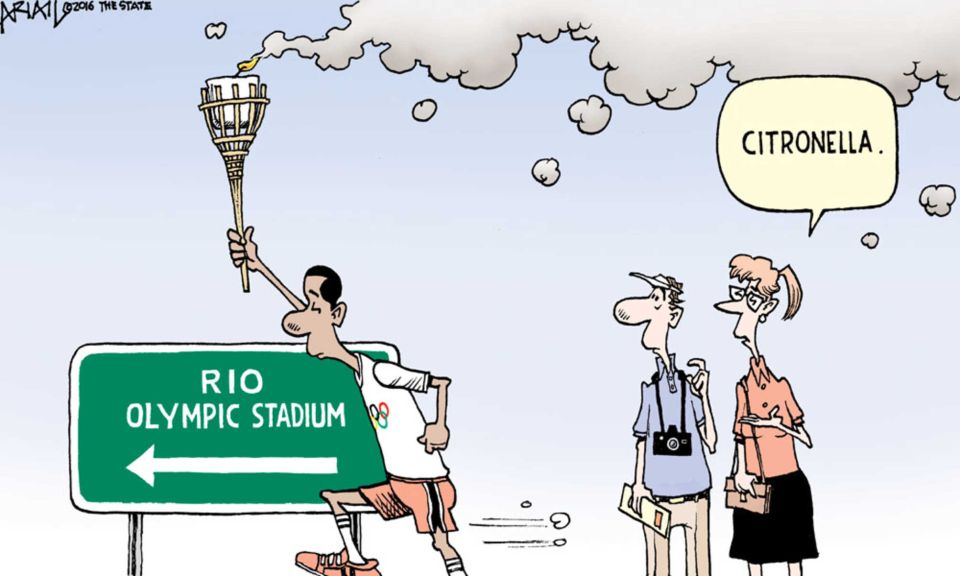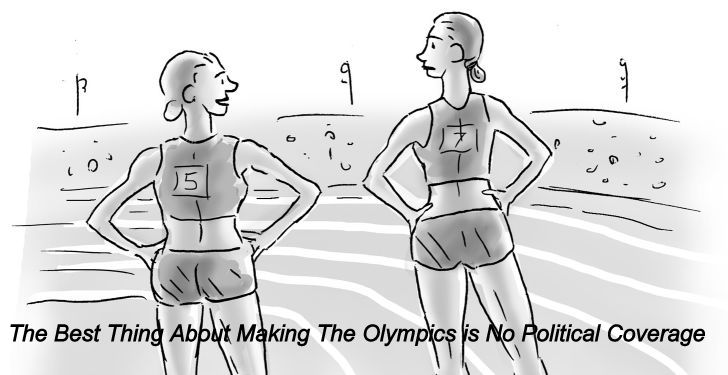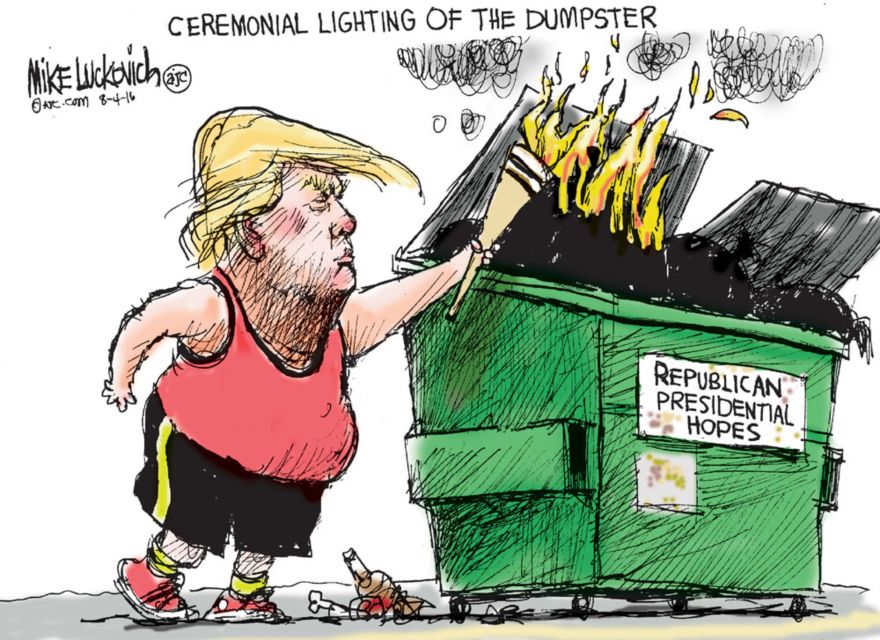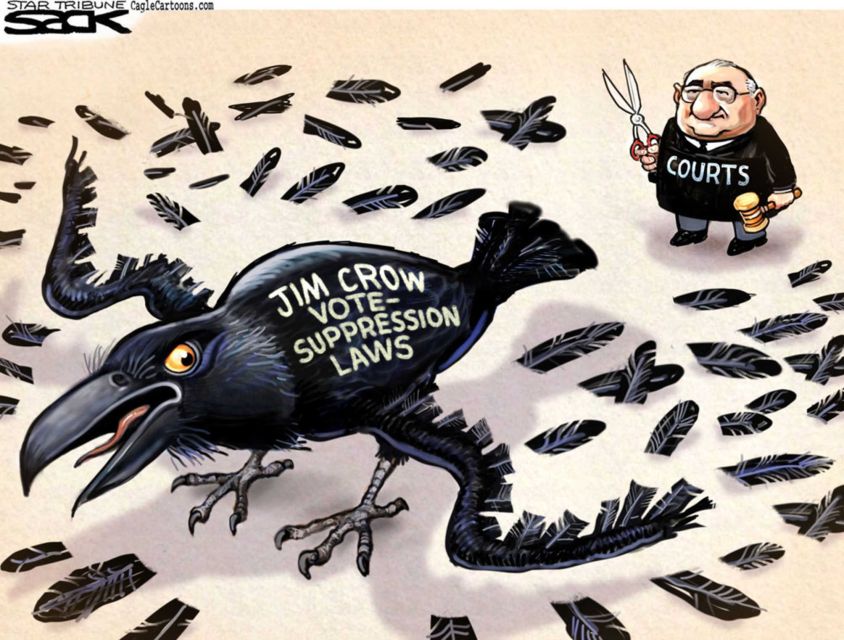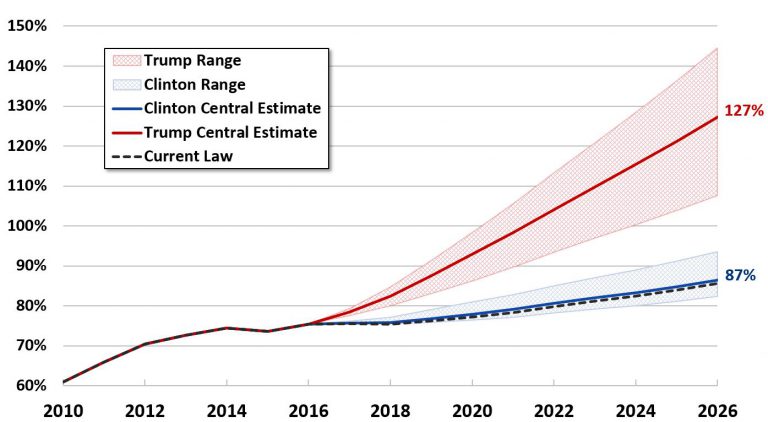(This is the last column for this week. We will resume on Sunday with cartoons. Everyone has reasons to be thankful, so take the time to talk about them with your loved ones, or your close friends this week.)
Last weekend, like most Americans, Wrongo spoke with friends and family about how we got to the disappointing political place where we are today.
Der Spiegel Online asked: If you think back ten years, could you have imagined in 2006 that America’s reality would be Donald Trump as president of the US? Probably not, but ten years ago:
- Economic growth and job growth both fell in 2006 as the residential housing boom came to an end.
- Wages were the smallest share of national income since the government began compiling the statistic in 1947.
- Consumer debt soared to new heights, while consumer debt payments rose to the highest on record.
Those were dispatches from the ongoing war that corporations and neoliberal economic elites made on our citizens. And it didn’t stop there. After 2006, we had the financial meltdown and the Great Recession. Banks had to be bailed out. Millions of people lost their jobs. Debt grew, and faith in government’s willingness and ability to improve the fortunes of their citizens evaporated.
The clear losers were workers in traditional economic sectors, particularly in manufacturing. According to a study by economists David Autor, David Dorn and Gordon Hanson, the increase in imports from China have resulted in the loss of 1.5 million manufacturing jobs since the early 1990s.
But automation had a greater impact: In total, some 6.9 million manufacturing jobs were lost in the US between the early 1990s and 2011. For those who have lost their jobs, it seems that their political representatives have forgotten them. Particularly when establishment Democrats and Republicans continue to push for more trade, by which they mean more imports from our global corporations who continue to export those jobs to lower-wage countries.
In 2016, despite substantially better economic times, many American still worried about losing their jobs and their financial security. They saw themselves as the losers in a game that only helps corporations and the elites. This domination of our politics by the economic elites has produced a defacto disenfranchisement of everyone else.
A new political map has emerged, one that doesn’t neatly fit into the Left vs. Right model of our politics. The new dividing line is between those who support, and those who oppose, America’s economic elites and their neoliberal policies. Those on both sides of the old ideologies who distrust the elites are connected by their fear of being left behind. This was clear in 2016 in those precincts where Trump outperformed Romney, and where Clinton underperformed Obama.
This is today’s landscape, but in 1998, Richard Rorty, an American philosopher who died in 2007, wrote “Achieving Our Country” which predicted our current political situation. According to the NYT, the following fragment of the book has been retweeted thousands of times since the election:
Members of labor unions, and unorganized unskilled workers, will sooner or later realize that their government is not even trying to prevent wages from sinking or to prevent jobs from being exported. Around the same time, they will realize that suburban white-collar workers — themselves desperately afraid of being downsized — are not going to let themselves be taxed to provide social benefits for anyone else.
At that point, something will crack. The nonsuburban electorate will decide that the system has failed and start looking around for a strongman to vote for — someone willing to assure them that, once he is elected, the smug bureaucrats, tricky lawyers, overpaid bond salesmen, and postmodernist professors will no longer be calling the shots.
One thing that is very likely to happen is that the gains made in the past 40 years by black and brown Americans, and by homosexuals, will be wiped out. Jocular contempt for women will come back into fashion…All the resentment which badly educated Americans feel about having their manners dictated to them by college graduates will find an outlet.
Rorty’s basic contention is that the left abandoned its core philosophy in favor of a neo-liberal worldview that promoted globalism and corporatism. Rorty said in a lecture in 1997:
This world economy will soon be owned by a cosmopolitan upper class which has no more sense of community with any workers anywhere than the great American capitalists of the year 1900.
Mr. Rorty’s most prescient words:
The cultural Left has a vision of an America in which the white patriarchs have stopped voting and have left all the voting to be done by members of previously victimized groups.
Rorty said that in 1998. And in 2016, it was Hillary Clinton’s failed election strategy.
What’s so striking about “Achieving Our Country” is Rorty’s argument that both the cultural and political left abandoned economic justice in favor of identity politics, ignoring too many economically disadvantaged Americans.
According to voter turnout statistics from the 2016 election, 58.4% of eligible voters actually voted (135.2 million). Clinton received about 63.7 million votes (27.5% of eligible voters) to Trump’s 62 million, (26.8%) while 9.5 million votes went to others.
This means that 41.6% of America voted for nobody, far outweighing the votes cast for Trump or Clinton.
That the majority of Americans did not vote is not because they don’t care. They voted no confidence in a political system that forgot about them a long time ago.
A minority elected Trump. The majority voted against our neoliberal political system.
(BTW, Tuesday was the 53rd anniversary of JFK’s assassination. While it remains fresh in Wrongo’s mind, it hardly registers in the minds of the press or the public. A new idea on Oswald’s motives appeared in the LA Times. Take a look.)

